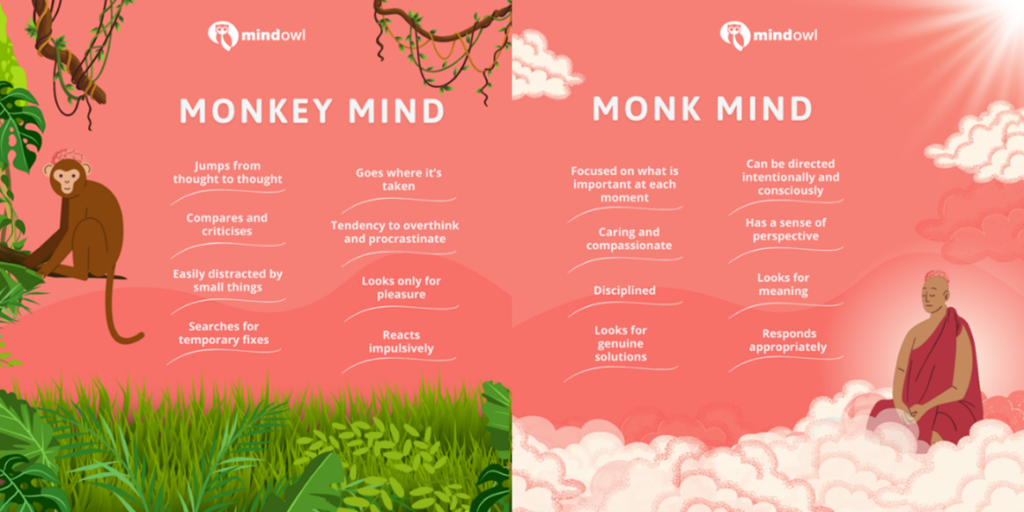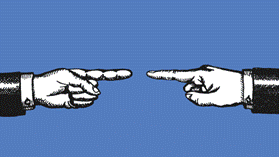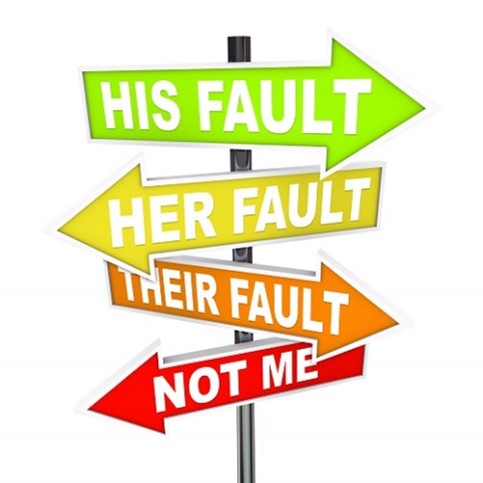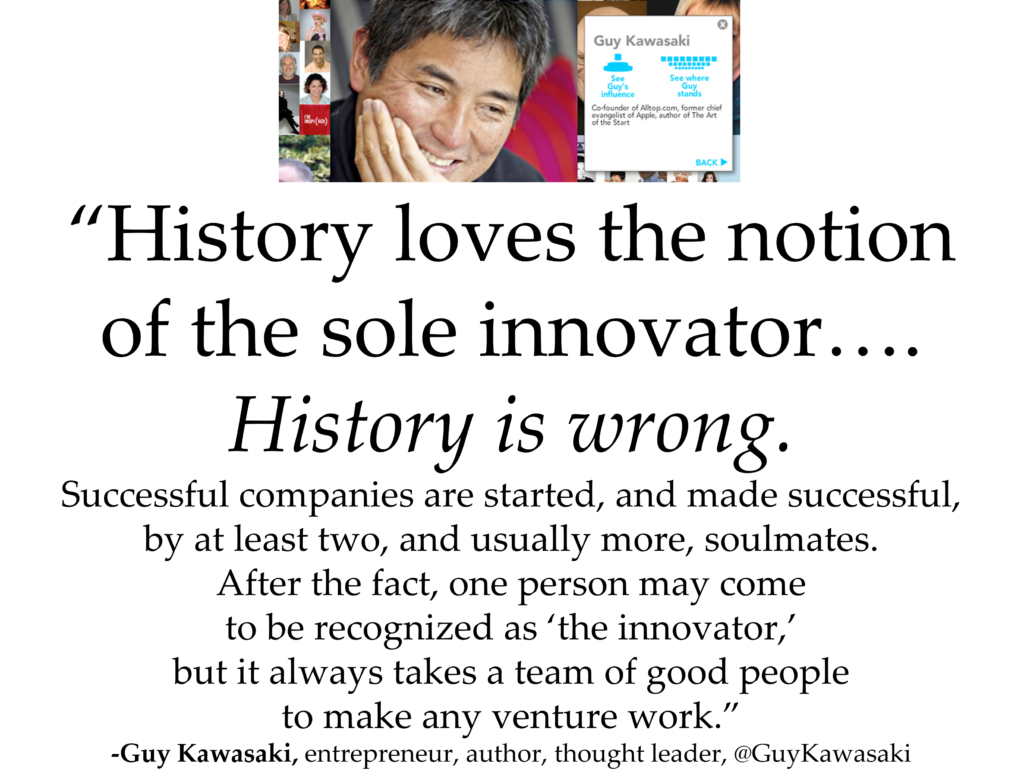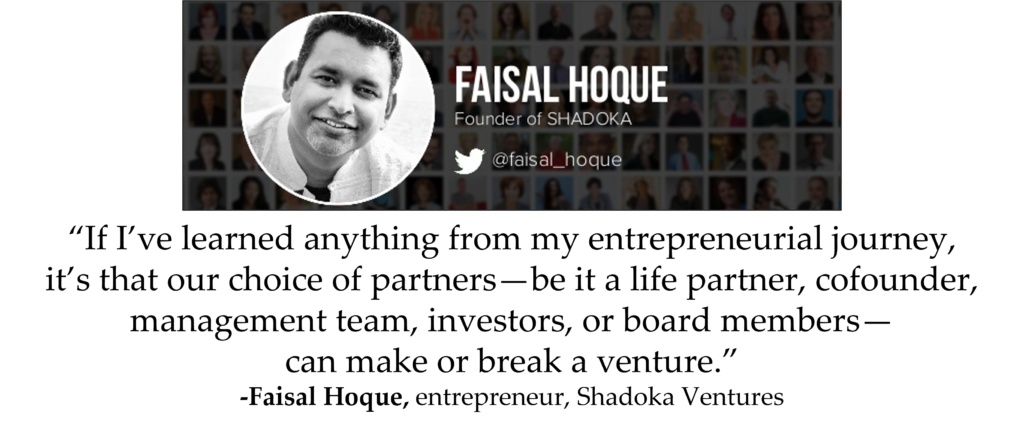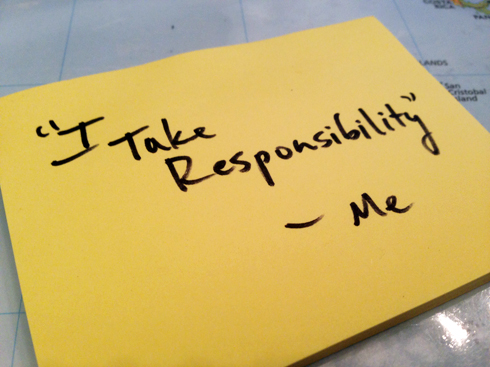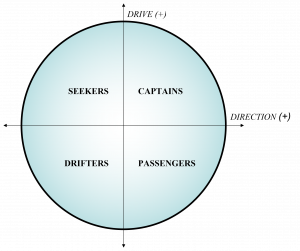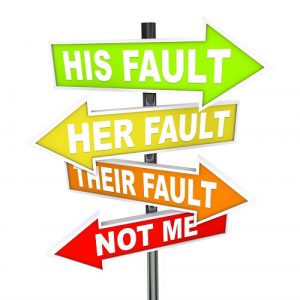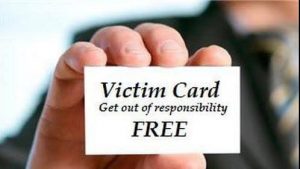We don’t need to look at the data on “quiet quitting” and the “great resignation” to understand that many workers today feel undervalued and underappreciated. They feel like disposable widgets in a heartless organization.
Though recognition is a fundamental human need, many managers think that having a job and salary with benefits should be thanks enough for their workers. Those managers may not only be stressed but also unappreciated themselves.
But they’re missing something fundamental. In a previous article, “The Trap of Not Being Grateful for What We Have,” we saw that gratitude can lead to better moods, more happiness, better sleep, lower blood pressure, less stress, and more
What about gratitude at work?
10 Benefits of Gratitude in the Workplace
According to researchers, gratitude and appreciation in the workplace can:
- boost worker health, wellbeing, and optimism
- help improve the work environment and organizational culture
- facilitate closer and better relationships among co-workers and between works and their managers
- help managers be more effective
- help protect workers from stress and burnout
- help make workers more enthusiastic about their work and motivated to do a better job
- help reduce employee turnover
- produce more trust and teamwork
- generate higher job satisfaction
- lead to better performance
“…study after study has shown that no one is immune from the motivating effects of acknowledgement and thanks.”
–Mark Goulston, “How to Give a Meaningful ‘Thank You,’” Harvard Business Review, February 2013
Here’s a sample of some of the research on gratitude and recognition in the workplace:
- According to a 2023 Great Place to Work survey, recognition was named by workers as the most important driver of great work.
- In a Glassdoor survey, 81% of workers reported they’re motivated to work harder when their manager shows appreciation for their work.
- In another survey, 40% of working Americans say they’d put more energy into their work if they were recognized more often for their efforts.
“Research on gratitude and appreciation demonstrates that when employees feel valued, they have high job satisfaction, are willing to work longer hours, engage in productive relationships with co-workers and supervisors,
are motivated to do their best, and work towards achieving the company’s goals.”
–Christine M. Riordan, “Foster a Culture of Gratitude,” Harvard Business Review, April 2013
The Problem with Lacking Gratitude and Recognition
It also cuts the other way. Problems abound when gratitude and recognition are missing at work.
In a January 2023 Workhuman report, 46% of workers reported feeling only somewhat valued and 11% reported not feeling valued at all in their workplaces. What’s more, those numbers are worse for women and workers of color, with 48.8% of women and 49.3% of workers of color reporting that they feel undervalued.
According to a 2023 Wakefield survey of 400 U.S. adults, 42% of workers overall say their organization lacks the strong culture of appreciation that’s essential for their success. It also found that workers who feel appreciated are more than seven times more likely to feel completely secure in their jobs.
In a 2022 poll, 59% of workers reported that they’ve never had a boss who truly appreciates their work, and 29% say they’d willingly give up a weeks’ worth of pay for more recognition from their employer.
According to a 2021 survey of 1,417 American workers, 49% of the workers said they had quit a job before because of a lack of recognition. And according to a study of 1,714 adults conducted by Harris Interactive for the American Psychological Association, half of all workers who say that they do not feel valued at work reported that they intend to look for a new job in the next year.
“People may take a job for more money, but they often leave it for more recognition.”
-Dr. Bob Nelson
8 Ways to Bring More Gratitude into Our Workplaces
Worker recognition is a $46 billion market globally. Based on the data above, though, it’s clear that many managers and or have much work to do on this important front.
According to a Templeton Foundation survey, of all the places people express gratitude, workplaces are among the places where people are least likely to express it. What a shame.
What to do? Below is a punch list of gratitude-related workplace practices. (As you read through it, use it as a checklist to determine how you’re doing in each area—and consider getting input from your team as well.)
Employ simple expressions of appreciation via notes, letters, or emails. These can be surprisingly powerful for the recipient, especially since many people almost never receive thanks or praise in the workplace.
Launch appreciation programs and success celebrations (e.g., of accomplishments, launches, retirements, etc.) via events, newsletter features, appreciation parties, etc.
Create opportunities for workers to interact with their customers, users, or other beneficiaries of their products and services. This helps them get a sense of the value experienced.
Give simple gifts or rewards. This can be free meals, gift cards, event tickets, or company swag (tech accessories, bags, drinkware).
Encourage peer-to-peer recognition among workers. This can be done via thank-you notes or in meetings.
Give gratitude journals to workers to help them keep gratitude top of mind.
Educate workers about the benefits of gratitude and the many different gratitude practices they can consider. Distribute blogs, articles, videos, or books. (See my previous article, “The Trap of Not Being Grateful for What We Have.”)
Initiate a 30-Day Gratitude Challenge. Some tips on how to go about it:
- Make an organization-wide announcement so people understand what it is and how it will work.
- Ensure that the senior management team is actively involved with and communicating about it far and wide.
- Promote it creatively via promotional materials (posters, flyers, etc.) and social media.
- Consider providing incentives for participation, such as gift cards, meals, or a half-day Friday.
“Take time to appreciate employees and they will reciprocate in a thousand ways.”
–Dr. Bob Nelson, expert on worker recognition
How to Do It Well
In addition to the “what” of workplace gratitude and recognition efforts, it’s also important to think about the “how.” Some tips:
- Workplace gratitude and recognition efforts don’t have to be big and complicated. They’re often better when they’re simple and straightforward.
- Recognize people and express gratitude to them both in private sometimes and in public other times. Both are necessary.
- Thank people at key moments. It can be in the middle of a big push, during a stressful period, or after a big win. Pay attention to timing. Thank people immediately or very soon after the relevant action.
- Express appreciation for going above and beyond the call of duty. Acknowledge the effort and sacrifices involved with their work. Share what it means to you and the organization.
- Ensure expressions of appreciation are specific, relevant, and authentic. They can also be spontaneous. Standard, generic thank-you’s can be counterproductive.
- Personalize the thanks and recognition. Tailor them to the recipient.
- Pay attention to frequency. Many leaders don’t recognize and thank their people nearly enough. Researchers* have identified three levels of gratitude in the workplace:
- Episodic gratitude, in which workers feel grateful for a particular experience.
- Persistent gratitude, in which workers have a stable tendency to feel grateful for their organization or work context.
- Collective gratitude, in which many, most, or all the members of an organization feel persistent gratitude. Why not shoot for more persistent and collective gratitude?
- Add in some creativity and fun. Many of us have sterile and joyless workplaces that lack life and heart. What a shame. In their book, The 15 Commitments of Conscious Leadership, Jim Dethmer, Diana Chapman, and Kaley Warner Klemp noted a clever example in which a couple weeks before the year-end holiday party, the organization asked workers to write three to five qualities that they most appreciated about each member of their team. The organization gathered all the qualities listed for each person and turned them into a word cloud. At the party, the word clouds were displayed anonymously around the room, with names hidden. Workers were asked to guess which word cloud was theirs, and they held a contest to see how many people could be correctly identified via the word clouds.
- Smart leaders also build celebrations into the rhythm of their organizations. In their book, Corporate Celebration: Play, Purpose, and Profit at Work, Terrence Deal and M. K. Key outline different types of celebration at work, including:
- Celebrations with seasonal themes or organizational anniversaries
- Recognition ceremonies
- Celebrations of collective accomplishments (e.g., new office or product launch)
- Personal transitions: entrances and exits
- Make sure no one is left out in the larger scheme of gratitude and recognition efforts over time. Appreciation is especially important for front-line workers who often bear the brunt of customer complaints. Think of salespeople, service personnel, customer support staff, and call center workers—and how cruel and vindictive stressed-out customers can be sometimes.
The Dark Side of Gratitude in the Workplace
The benefits of gratitude are clear and powerful, but as with most things, there are some nuances to consider. In some cases, dynamics around gratitude can become problematic, according to researchers. For example, it can cause resentment if gratitude becomes like a type of currency in a relationship or team, with one or more people feeling underpaid or exploited. Also, those who receive large gifts or favors may struggle to establish appropriate boundaries, in part due to expectations around reciprocity.
We should also be wary of gratitude that’s based on flawed foundations like obligation, shame, or guilt. Some people, including narcissistic or toxic leaders, may seek to manipulate people via gratitude. For example, if we feel we should be grateful to our boss for our job, it can make us blind to their flaws and harms. That gratitude can also make us more willing to violate our values to protect them if they misbehave.
Researchers have also found that gratitude in the workplace can solidify existing power structures, with low-power group members dependent on high-power ones, and high-power group members pacifying low-power group members with expressions of gratitude. (For more on this, see “Gratitude Traps: Why We Should be Critical of Gratefulness.”)
Conclusion
Too many workers today feel undervalued and unappreciated. Gratitude and recognition are key components leaders can employ to humanize the workplace, giving people a sense of pride and belonging for their efforts and contributions.
Reflection Questions
- How are you doing when it comes to recognizing and thanking your colleagues?
- Have you checked with your team or surveyed your organization to determine how well you’re doing with gratitude and recognition—and in which areas you need work?
- What more will you do on this important front, starting today?
Related Articles
- “The Trap of Not Being Grateful for What We Have”
- “How Great Leaders Reward, Recognize, and Celebrate People”
- “The Case for Love-Based Leadership”
- “How to Bring Love-Based Leadership to Your Workplace”
- “Love-Based Leadership in Action”
- Christine M. Riordan, “Foster a Culture of Gratitude,” Harvard Business Review
- Mark Goulston, “How to Give a Meaningful ‘Thank You,’” Harvard Business Review, February 2013
Tools for You
- Traps Test (Common Traps of Living) to help you identify what’s getting in the way of your happiness and quality of life
- Quality of Life Assessment to help you discover your strongest areas and the areas that need work and then act accordingly
- Personal Values Exercise to help you clarify what’s most important to you
Postscript: Inspirations on Gratitude in the Workplace
- “When a manager recognizes an employee’s behavior, personally and sincerely, both feel proud, gratified, and happy. There’s a human connection that transcends the immediate culture to create a shared bond. The power of this bond is stronger than you might think; indeed, it’s the power that holds together great organizational cultures.” -Erik Mosley and Derek Irvine
- “Employees who report receiving recognition and praise within the last seven days show increased productivity, get higher scores from customers, and have better safety records. They’re just more engaged at work.” -Tom Rath, author and consultant
- “The first responsibility of a leader is to define reality. The last is to say thank you. In between, the leader is a servant.” -Max DePree, former CEO of Herman Miller and leadership author
* Source: Fehr, Ryan & Fulmer, Ashley & Awtrey, Eli & Miller, Jared. (2016). The Grateful Workplace: A Multilevel Model of Gratitude in Organizations. The Academy of Management Review. 42. See also Waters, L. (2012). Predicting Job Satisfaction: Contributions of Individual Gratitude and Institutionalized Gratitude. Psychology, 3, 1174-1176.
++++++++++++++++++++++++++++++
Gregg Vanourek is a writer, teacher, TEDx speaker, and coach on leadership and personal development. He is co-author of three books, including LIFE Entrepreneurs: Ordinary People Creating Extraordinary Lives (a manifesto for integrating our life and work with purpose, passion, and contribution) and Triple Crown Leadership: Building Excellent, Ethical, and Enduring Organizations (a winner of the International Book Awards). Check out his Best Articles or get his monthly newsletter. If you found value in this article, please forward it to a friend. Every little bit helps!










